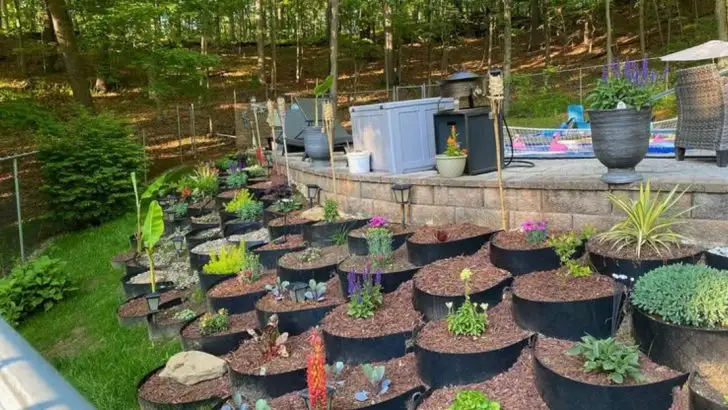If you’ve ever repotted a plant, dismantled a garden bed, or emptied a container, you’ve probably been left staring at a pile of used soil wondering, “Now what?” Throwing it out feels wasteful—but reusing it without knowing how can be risky for your plants.
The truth is, leftover soil still has plenty of life left in it—if you know what to do. From refreshing tired mix for new plantings, to using it in creative garden projects, to giving it a second act in compost or landscaping, there are smart, surprising ways to make sure every scoop gets used.
Whether you’re dealing with a small pot of dirt or several buckets of spent soil, these 19 ideas will help you reduce waste, save money, and get the most out of every bag or bin. No special tools, no complicated processes—just clever, beginner-friendly tips that make your garden more sustainable and resourceful.
Before you toss it, try one (or a few) of these simple, practical ways to turn old soil into new growth.
Create a Raised Flower Bed
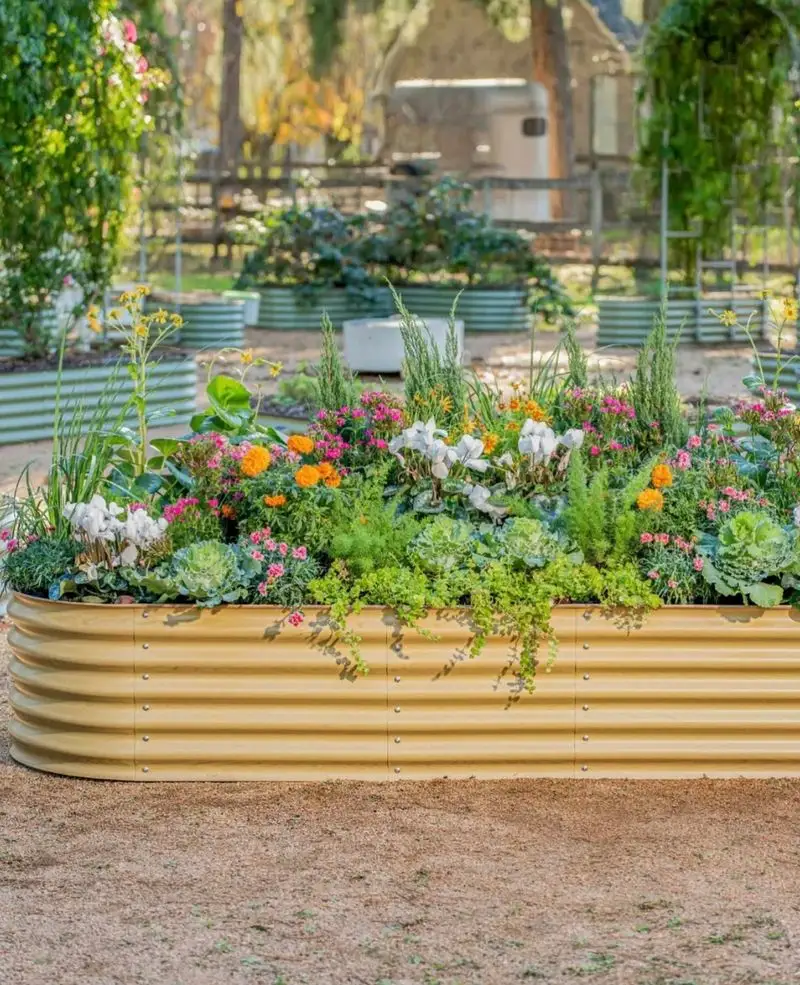
Building a raised flower bed can be a great use of leftover soil. These structures not only add dimension and visual interest to your garden but also improve drainage and soil quality. By elevating your plants, you can create a more controlled environment, making it easier to manage weeds and pests. Simply use wood, bricks, or stone to form the perimeter and fill it with your extra soil. It’s like giving your blooms a stage to shine, while also repurposing what might otherwise be considered waste.
Fill in Low Spots in Your Yard

Uneven lawns can be an eyesore and a tripping hazard. Fortunately, leftover soil provides an easy fix. Identify the low spots in your yard, then apply the soil evenly, using a rake to smooth it out. This not only improves the appearance of your lawn but also facilitates better water drainage. Over time, the added soil will integrate naturally with the existing ground, creating a seamless, level surface. It’s a simple yet effective way to enhance your outdoor space without wasting resources.
Start a Compost Pile

Composting is an eco-friendly way to utilize leftover soil. By mixing it with organic waste like food scraps and yard clippings, you can create nutrient-rich compost for future gardening projects. The soil helps balance the compost’s moisture and temperature, speeding up decomposition. Plus, it’s a rewarding practice that reduces waste and enriches your garden over time. Consider it a small step towards sustainability, turning what you have into what you need.
Build a Berm for Landscaping
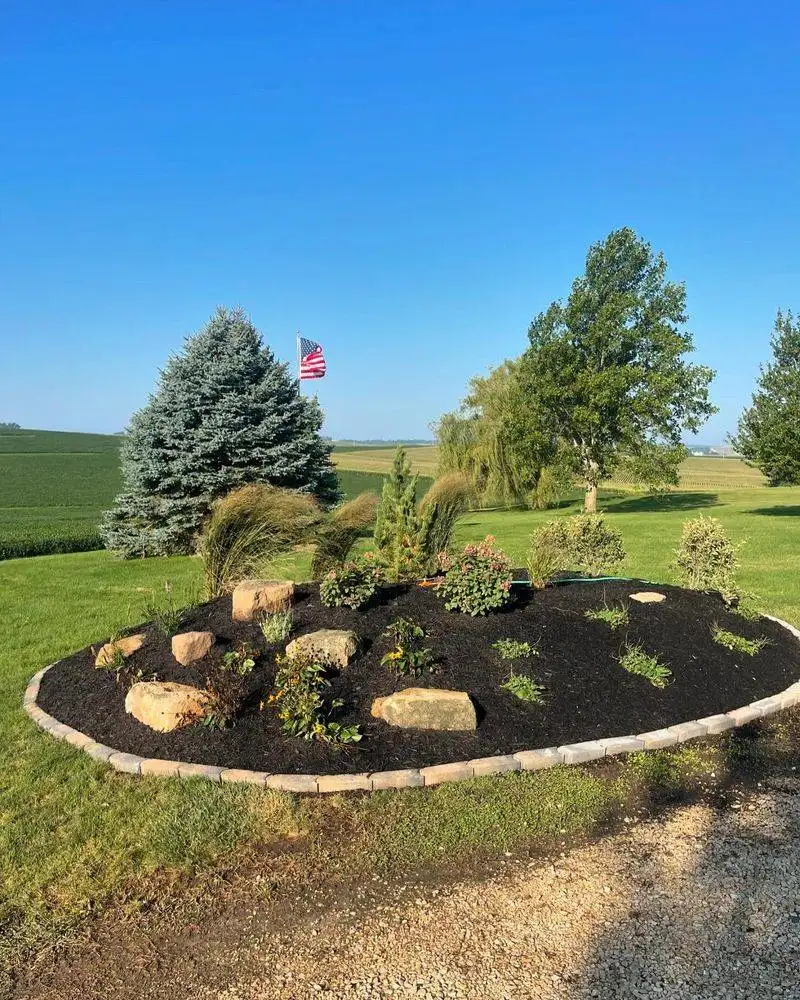
A berm is an excellent landscaping feature that can be easily created with excess soil. These mounds add height and interest to flat landscapes, directing rainwater and providing a natural barrier for privacy. By carefully shaping the soil and adding plants, you can transform a mundane area into a focal point of your garden. It’s a creative way to redirect resources, proving that leftover soil is anything but ordinary.
Improve Garden Pathway
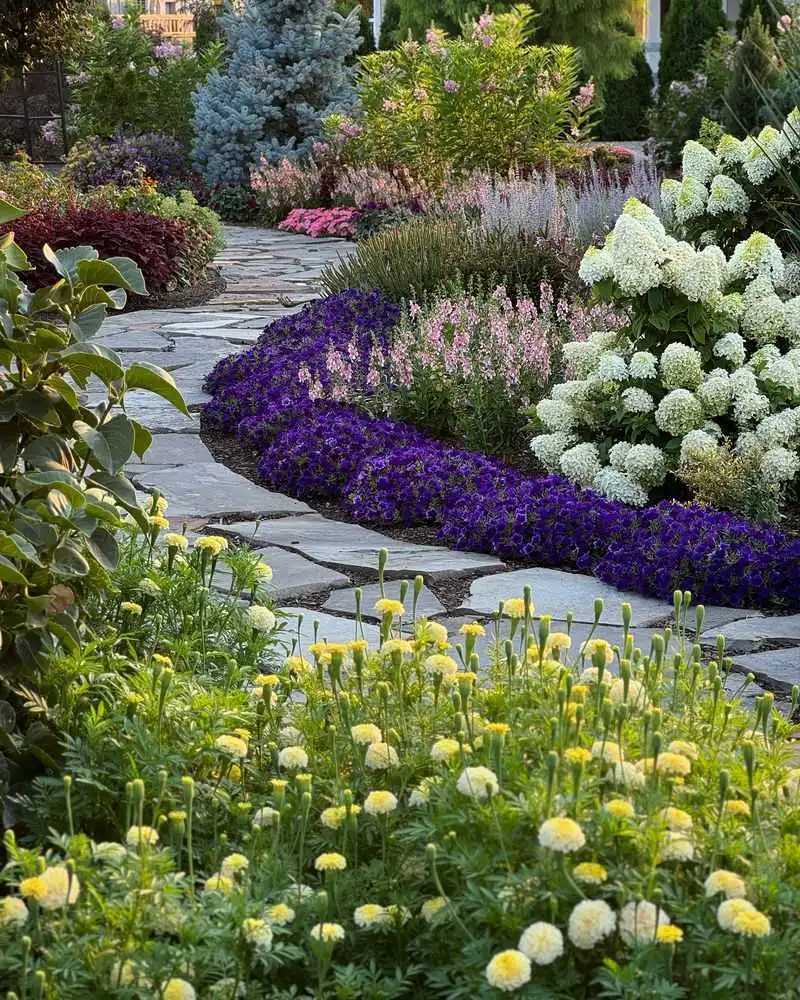
Enhancing a garden path with leftover soil can elevate your outdoor experience. Use the soil to level out uneven areas or to pack around stepping stones, creating a stable and attractive walkway. This not only improves safety but also adds a touch of charm to your garden. It’s all about finding practical ways to use what you have, turning every step into a more pleasurable journey.
Create a New Lawn Area
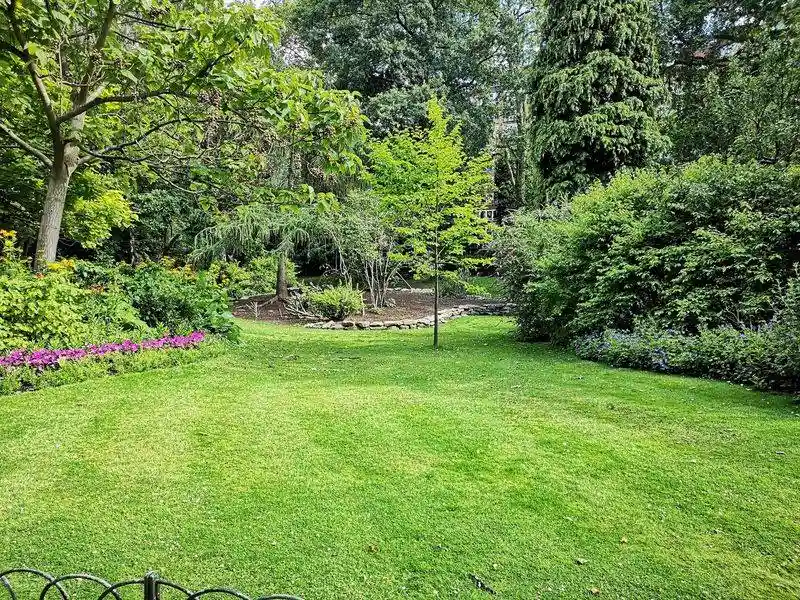
If you’ve been dreaming of expanding your lawn, leftover soil might just be the catalyst you need. By spreading the soil over a prepared area and adding grass seed, you’ll be well on your way to a lush new lawn. This method not only uses up your soil but also enhances your home’s curb appeal. It’s like giving your garden a fresh start without the need for costly materials.
Craft a Soil Sculpture
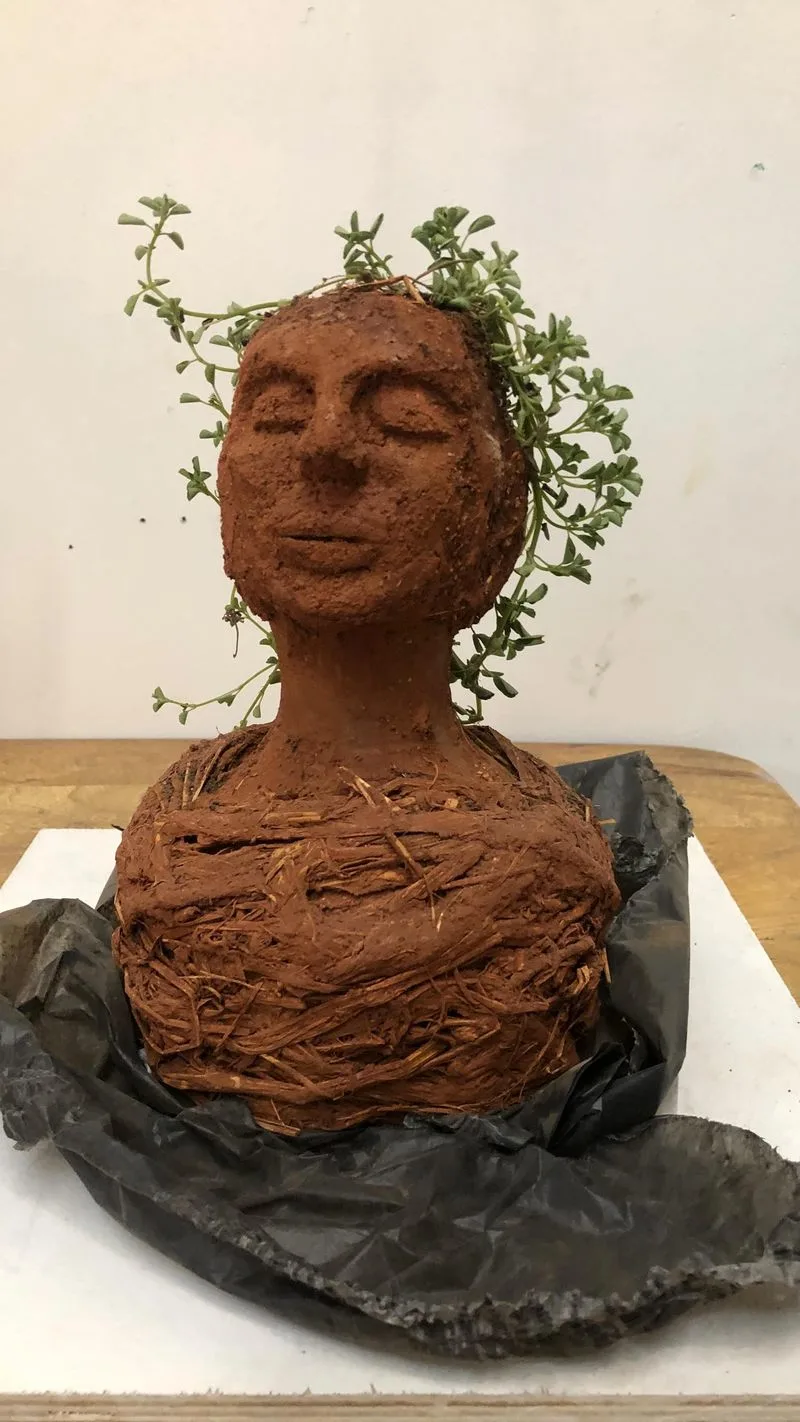
For those with an artistic flair, crafting a soil sculpture can be a unique way to use leftover soil. Mold the soil into an abstract shape or design, and let nature take its course by allowing moss or small plants to grow over it. This living artwork adds a whimsical touch to any garden and showcases creativity. It’s a testament to how something as simple as soil can become a medium for artistic expression.
Support Local Wildlife
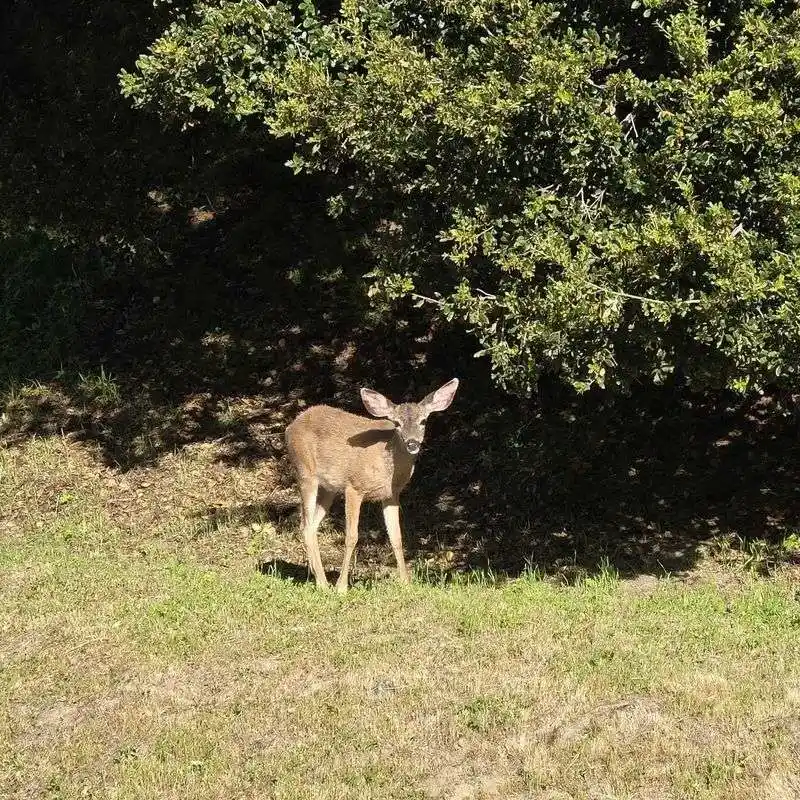
Creating habitats for local wildlife can be a fulfilling use of leftover soil. By forming small mounds and planting native flora, you provide shelter and food for birds, insects, and other creatures. This practice supports biodiversity and enhances your garden’s ecosystem. It’s a reminder that even the smallest contribution can have a significant impact on the environment.
Enhance Potted Plants

Potted plants can always benefit from a little extra soil. Whether you’re repotting or simply topping up, the additional soil supports root growth and improves nutrient retention. This small effort can make a big difference in the health and vitality of your plants, ensuring they thrive in their contained environments. It’s a straightforward way to put leftover soil to good use while nurturing your greenery.
Establish a Community Garden
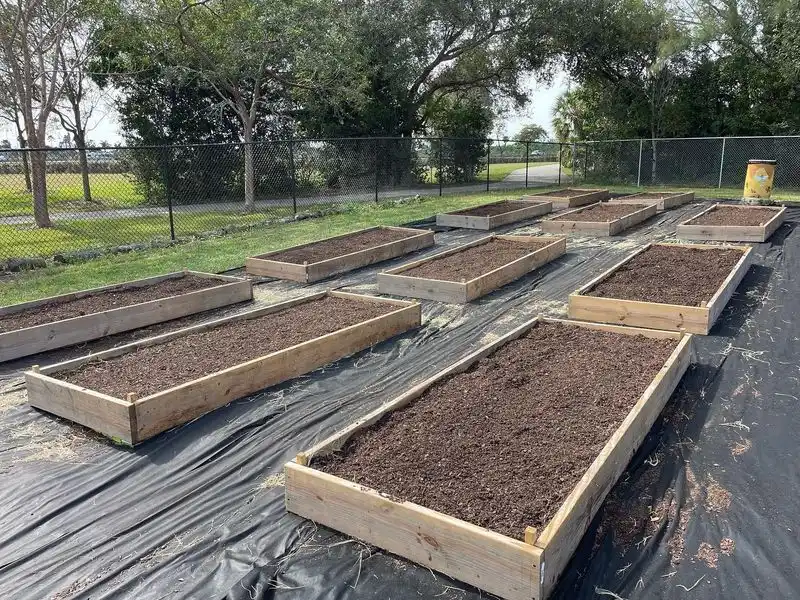
Joining or starting a community garden is a fantastic way to share resources and foster connections. Leftover soil can be donated to these communal spaces, supporting the growth of food and flowers for all to enjoy. This initiative enhances community spirit and encourages sustainable practices, turning surplus soil into a collective benefit. It’s about coming together for a greener future.
Create a Children’s Play Area

A small mound of soil can become a delightful play area for children. Whether it’s for digging, building, or just having fun, the soil offers endless possibilities for imaginative play. By dedicating a corner of your yard to a soil play spot, you provide a safe and engaging environment for kids to explore. It’s a simple way to bring joy without the need for plastic playground equipment.
Build a Natural Erosion Barrier

Erosion can be a challenge in sloped areas, but leftover soil can be part of the solution. By building a natural barrier with soil and rocks, you can slow down water runoff and prevent soil loss. This method protects your landscape and maintains its integrity over time. It’s a practical approach that demonstrates how soil can be an ally against environmental challenges.
Attract Pollinators with a Flower Patch

Creating a flower patch with your extra soil can attract pollinators like bees and butterflies. By selecting the right flowers, you provide essential resources for these creatures, supporting biodiversity in your garden. This colorful oasis not only benefits wildlife but also adds beauty and fragrance to your outdoor space. It’s about nurturing nature while making the most of what you have.
Utilize Soil for Indoor Plants
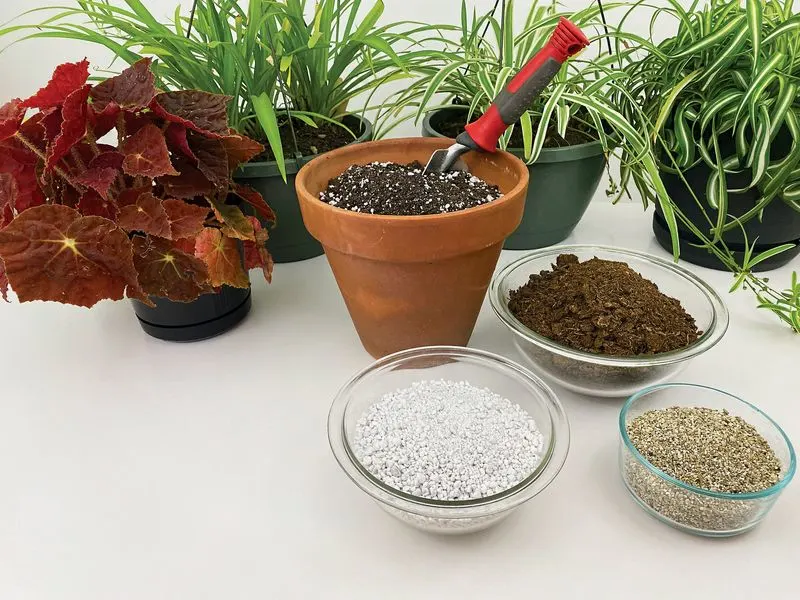
Indoor plants can thrive with a bit of your leftover soil. Topping up their pots or repotting them can breathe new life into these green companions. The added soil aids in moisture retention and nutrient supply, keeping your indoor garden vibrant. It’s a reminder that even the smallest bit of soil can make a significant difference indoors.
Add Texture to a Zen Garden
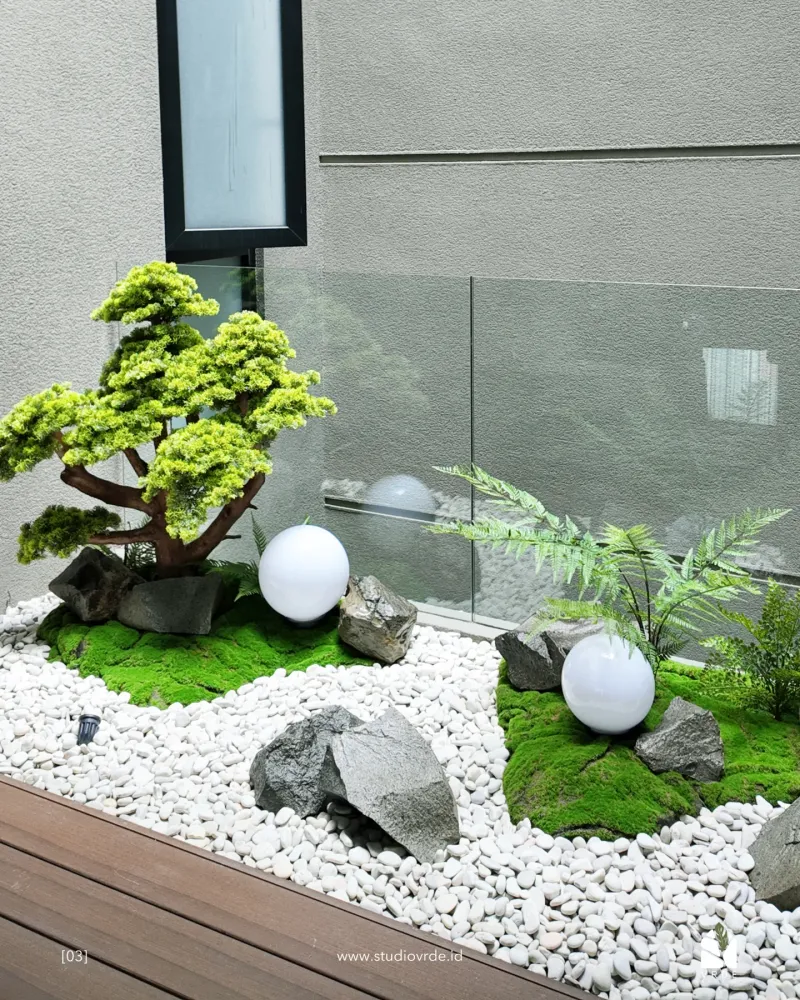
Zen gardens are all about balance and tranquility. Using leftover soil to form shapes or textures within a sand garden adds depth and contrast. This simple addition can enhance the meditative quality of the space, turning your soil into a tool for mindfulness. It’s an artistic yet functional way to repurpose your resources.
Fortify a Tree Base
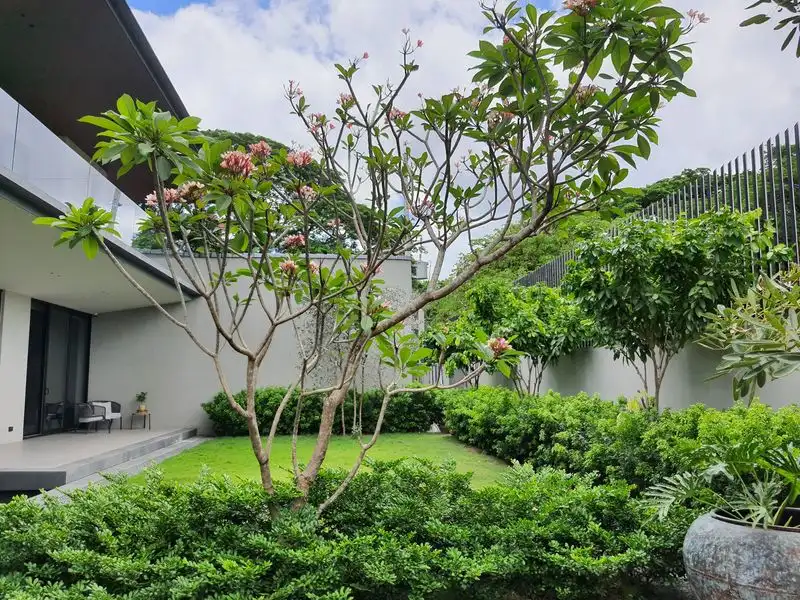
Mature trees can benefit from a fortified base, and your leftover soil is perfect for the job. Adding soil around the base helps retain moisture and provides extra nutrients. This practice supports the tree’s health and stability, ensuring it continues to thrive. It’s a thoughtful way to give back to these natural giants.
Make an Allotment for Vegetables
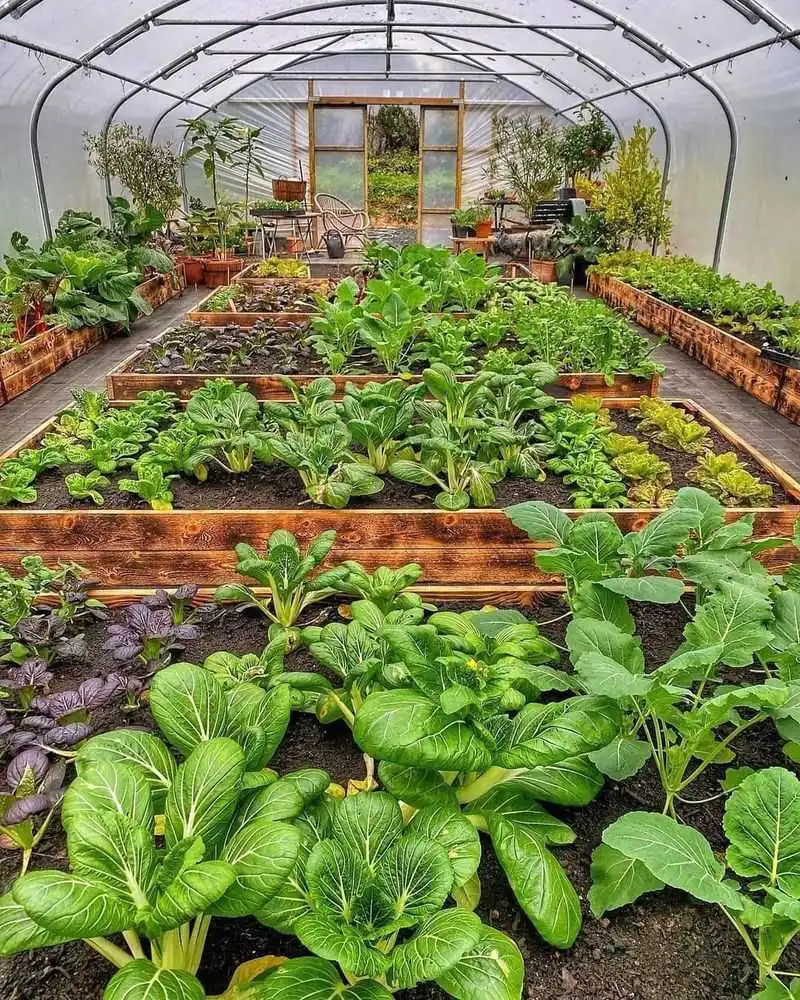
Starting a vegetable allotment can be an exciting project, especially with leftover soil on hand. The soil provides the foundation for growing your own produce, from tomatoes to carrots. This endeavor not only supplies fresh food but also offers a rewarding gardening experience. It’s a journey from soil to table, showcasing the potential hidden in what might have been discarded.
Craft a Soil-Based Art Piece
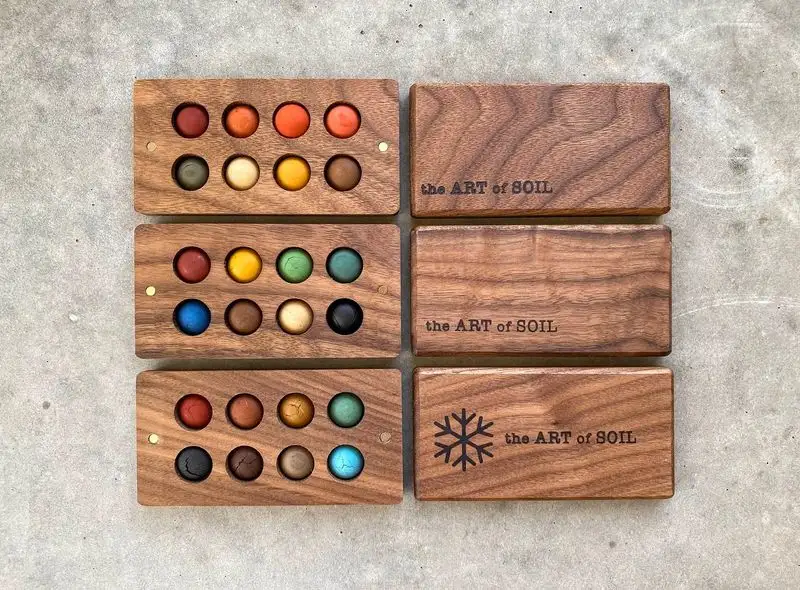
Soil isn’t just for plants; it can also be a medium for artistic expression. Creating a soil-based art piece allows you to explore texture and form, crafting a unique visual statement. Whether it’s a framed landscape or an abstract design, this innovative approach turns soil into a conversation piece. It’s a testament to creativity and sustainability, using what’s available in unexpected ways.
Contribute to a School Garden
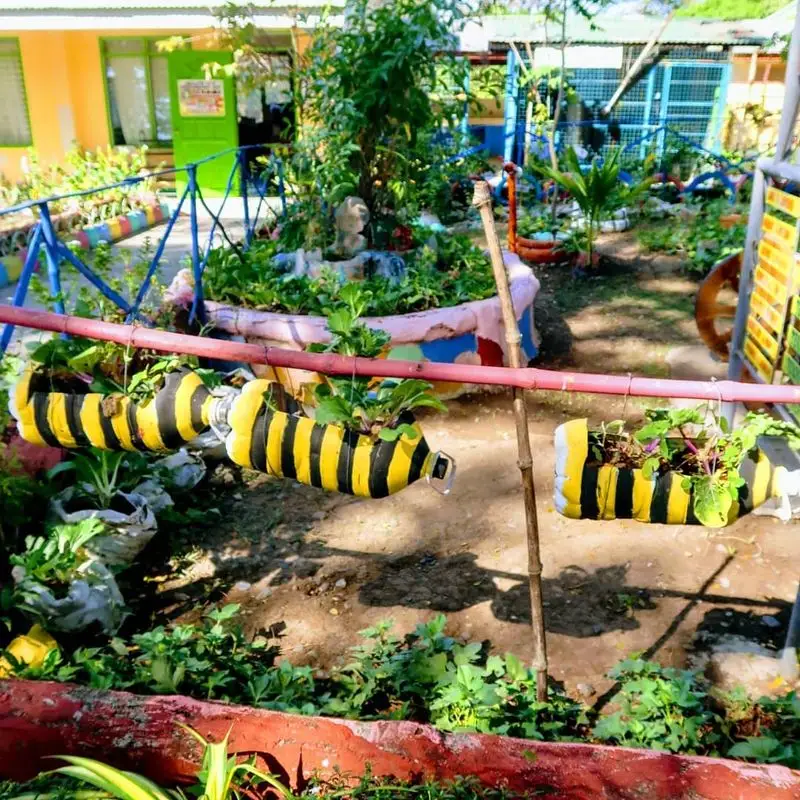
Donating leftover soil to a school garden can make a big difference in educational programs. These gardens teach children about nature, science, and sustainability, providing a hands-on learning experience. Your contribution not only supports education but also fosters a connection between the next generation and the environment. It’s a simple gesture that sows the seeds of knowledge and growth.

